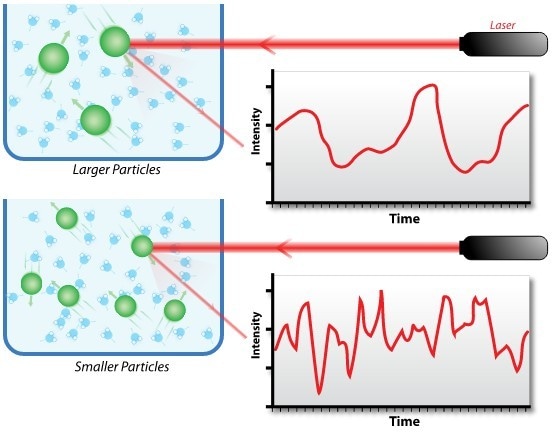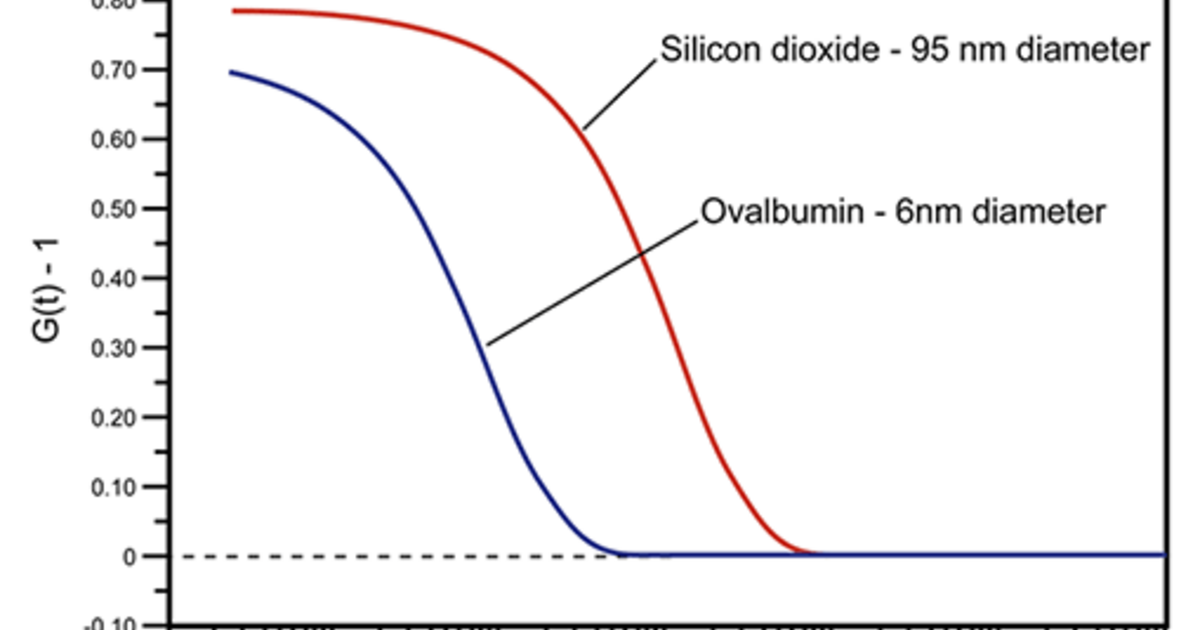
Universal Scaling Curves for the Correlation Lengthsĥ.19.

The Crossover Model for Congested Polymer Solutionsĥ.18. Linear Polymers in Concentrated Solutions, Gels, and Melts: The Reptation Modelĥ.17. Semidilute Solution Regime for Flexible Polymers: The Blob Modelĥ.16. Effect of Hydrodynamic Interaction on S(K,ω)ĥ.15. Internal Modes for Circular DNA-The Soda Modelĥ.12. Estimation of the Rouse-Zimm Parametersĥ.11. The Correlation Function for Flexible Coilsĥ.10. The Discrete Model for Linear Polymersĥ.9. The Continuum Model for Linear Polymersĥ.8. Irregular-Shaped Particles with Cylindrical Symmetryĥ.7. Centrosymmetric Particles-The Rigid Rod for KL » 1ĥ.5. Centrosymmetric Particles-The Rigid Rod for KL < 1ĥ.4. The Cylindrical Particle-General Developmentĥ.3. Dilute to Congested Solutions of Rods and Flexible Coilsĥ.2. Multiple Scattering-Diffusing Wave SpectroscopyĬhapter 5. Effect of Noise on the Analysis of C(K, t)Ĥ.13. Overlay Histogram Method with Exponential SamplingĤ.12.

Inverse Laplace Transform Methods-General CommentsĤ.10. Z-Transform and Method of Spike RecoveryĤ.9.

Expansion Methods Applied to Simulated DataĤ.7. Effect of Polydispersity on the Scattering AmplitudesĤ.5. Multiple Decay Analysis of the Correlation FunctionĤ.1. Crossover Exponential, Phase Separation, and Chain DimensionalityĬhapter 4. Flexible Branched Molecules and Starsģ.15. Excluded Volume Effect on Translational Diffusion of Linear Moleculesģ.14. Diffusion of Linear Polymers under Theta Conditionsģ.12. Diffusion of Random-Flight, Linear Moleculesģ.10. Anisotropic Translational Diffusion of Cylindersģ.9. Determination of the Equivalent Hydrodynamic Shape of Irregular Rigid Structuresģ.8. Determination of the Equivalent Hydrodynamic Shape of Regular Solidsģ.7. Determination of the Molecular Weightģ.6. Friction Factors Associated with DTr and Dmģ.5. Effect of External Field-Sedimentationģ.4. Macroscopic Description of Mass Transportģ.3. Translational Diffusion-Hydrodynamic Dissipationģ.1. Dynamic Light Scattering by Absorbing MoleculesĬhapter 3. Electric Field and Intensity Correlation FunctionsĢ.16. Light Scattering by Large, Interacting Particles: One-Contact ApproximationĢ.12.

Light Scattering by Small, Interacting ParticlesĢ.9. Light Scattering by Large, Noninteracting ParticlesĢ.8. Light Scattering by Small, Noninteracting ParticlesĢ.7. Total (Integrated) Intensity of Scattered LightĢ.6. Brief History of Dynamic Light ScatteringĬhapter 2. This textbook is intended for (1) advanced undergraduate students and graduate students in the chemical, physical, and biological sciences (2) scientists who might wish to apply DLS methods to systems of interest to them but who have no formal training in the field of DLS and (3) those who are simply curious as to the type of information that might be obtained from DLS techniques. Since a major emphasis of this textbook is the interpretation of DLS data obtained by polarized light scattering studies on macromolecular solutions, the results of complementary experimental techniques are also presented in order to gain insight into the dynamics of these systems. Problems are presented at the end of each chapter to emphasize these concepts. The material is presented in order of increasing complexity of the systems under examination, ranging from dilute solutions of noninteracting particles to concentrated multicomponent solutions of strongly interacting particles and gels. It presents the appropriate equations used to interpret DLS data. An Introduction to Dynamic Light Scattering by Macromolecules provides an introduction to the basic concepts of dynamic light scattering (DLS), with an emphasis on the interpretation of DLS data.


 0 kommentar(er)
0 kommentar(er)
